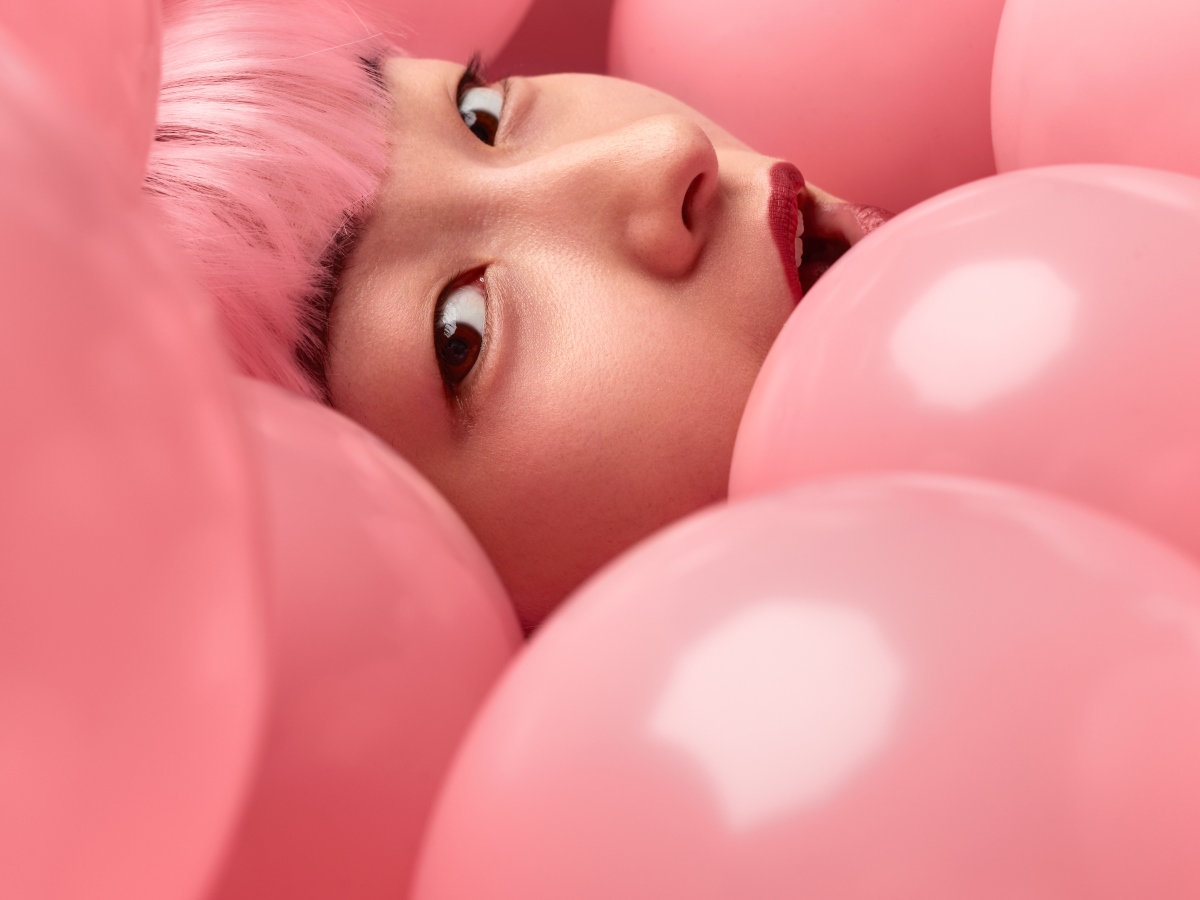China endured three years of lockdowns and restrictions as the government adopted the world’s toughest approach to the Covid-19 pandemic. In late January, the country’s “Zero Covid” policy was finally lifted and life started to roar back to normal.
Euromonitor International has predicted that the Chinese beauty market, the second largest in the world, is set to boom again and will grow by 5 per cent to US$98 billion ($149 billion) by the end of the year.
AB Bernstein, the US sell-side research and brokerage firm, says that per capita beauty spending in China, excluding travel retail and duty-free, is on track to equal Asian powerhouses such as South Korea and Japan. Premium and prestige beauty sales in China are expected to increase by 13 per cent per annum and the mass market is expected achieve an annual rise of 8 per cent.
The news is good for international prestige brands says Euromonitor. During the first 11 months of 2022, the top five Western brands across Tmall, Taobao and Douyin were Chanel, Guerlain, Sisley, La Mer and L’Oréal’s Helena Rubinstein.
“As China slowly recovers, we expect premium cosmetics to be better positioned to capitalise on the recovery in consumption,” added Melinda Hu, senior equity research analyst at AB Bernstein. “Foreign cosmetics brands should see a higher recovery than domestic brands driven by offline recovery.”
During the Covid-19 pandemic, sales of dermocosmetic skincare soared as people worldwide grappled with major issues caused by stress, anxiety and lockdowns. In China, consumers have also become more focused on skin health rather than appearance and efficacy is a more sought-after benefit. L’Oréal’s La Roche-Posay has enjoyed a huge increase in popularity and sister brand Skinceuticals opened a SkinLab sales and treatment centre in C Future City in Shenzhen in December.
Other international brands are forging new bonds in the Chinese beauty market. Aesop opened two new stores in China last year and Sisley opened its flagship Maison Sisley in the Zhang Yuan retail complex in Shanghai in January.
C-Beauty brands, as locally-produced makeup and skincare brands are collectively known, continue to capture market share in the mass market. But Herborist, one of the leading domestic prestige skincare brands, is pushing strongly to attract younger Chinese consumers aged 18 to 25 who are already using anti-ageing products.
Online shopping festivals such as Singles’ Day and 6/18 have captured the attention of overseas beauty brands over the past few years as cross-border sales have soared. But offline retail in China is back on the map, notes Myriam Bray, the Chinese licensee of Hong Kong’s prestigious Joyce Beauty and founder of Chrysalis Beauty, a leading distributor for prestige beauty companies looking to enter the Chinese market.
Shopping is a nice byproduct of a coffee date, she adds. “It’s something cool to do but not the main objective. In a way, a niche brand will have a relative advantage because it’s new, needs to be tried out or experienced. But people can still go back home and place orders online, so omnichannel is important.”

